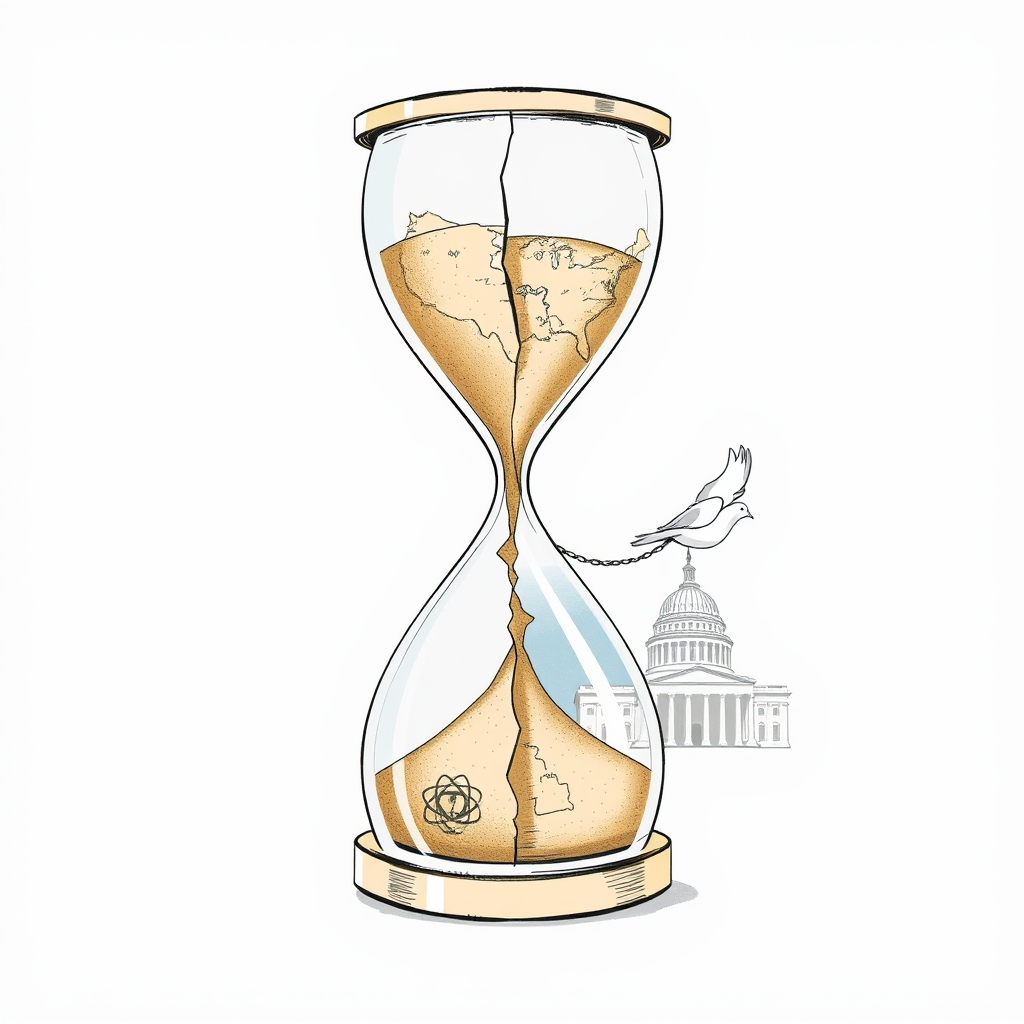Iran-U.S. Tensions: A Nuclear Timeline to War?

The upcoming talks in Oman between Iranian and U.S. officials represent the latest, and perhaps most critical, attempt to de-escalate decades of tension surrounding Iran’s nuclear program and broader regional influence. While both sides publicly signal a willingness to engage, the historical timeline reveals a deeply fractured relationship marked by periods of cautious diplomacy repeatedly undermined by mistrust and escalating conflict. It’s a precarious situation, and the current environment – with multiple regional conflicts raging – adds immense complexity.
The roots of this tension stretch back to 1967, when Iran, under the Shah, initially received nuclear technology from the U.S. through the “Atoms for Peace” program. The 1979 Islamic Revolution fundamentally altered this dynamic. The hostage crisis and subsequent international pressure effectively stalled Iran’s nuclear ambitions for a time, but they also sowed the seeds of resentment and a determination to achieve self-reliance.
Over the following decades, Iran steadily rebuilt its nuclear infrastructure, leading to increasing international concern. The program’s expansion, particularly after 2003, prompted sanctions and diplomatic efforts, culminating in the 2015 Joint Comprehensive Plan of Action (JCPOA). The JCPOA offered a temporary respite, limiting Iran’s enrichment activities in exchange for sanctions relief. However, the Trump administration’s withdrawal from the agreement in 2018 reversed this progress, leading Iran to gradually roll back its commitments.
Since then, Iran has significantly increased its enrichment capabilities, reaching 60% purity – dangerously close to weapons-grade levels. The assassination of Qassem Soleimani in 2020 further inflamed tensions, and the subsequent escalation has been compounded by regional conflicts in Yemen, Syria, and now, most dramatically, the ongoing war between Israel and Hamas.
Iran’s support for Hamas and other regional proxies, including the Houthis in Yemen, has drawn it into multiple proxy wars, exacerbating regional instability. The recent direct attacks between Iran and Israel – Iran’s unprecedented missile barrage in April 2024 and Israel’s retaliatory strike – represent a dangerous escalation, pushing the region closer to a wider conflict. The Houthi attacks on shipping in the Red Sea, mirroring Iranian tactics, further demonstrate the interconnectedness of these conflicts.
The current situation is particularly fraught. Russia’s invasion of Ukraine has created new geopolitical dynamics, with Iran supplying drones to Moscow. Meanwhile, the ongoing war in Gaza has heightened regional tensions and complicated efforts to revive the JCPOA. The recent political developments within Iran, including the inauguration of a reformist president, offer a potential, though uncertain, opening for dialogue.
The fact that Donald Trump, after returning to the presidency in January 2025, initiated contact with Iran’s Supreme Leader and proposed new talks is a surprising, yet potentially positive, development. However, his history of unilateral action and skepticism towards diplomacy raises questions about his sincerity and ultimate goals. The scheduled talks in Oman, even if indirect, represent a crucial opportunity to avert further escalation and explore a path towards a more stable and predictable relationship.
However, given the decades of mistrust and the complex web of regional conflicts, achieving a lasting resolution will require a fundamental shift in approach from both sides. A willingness to compromise, a commitment to transparency, and a recognition of mutual security concerns are essential. Without these elements, the upcoming talks are likely to be just another chapter in a long and troubled history. The stakes, quite simply, could not be higher.